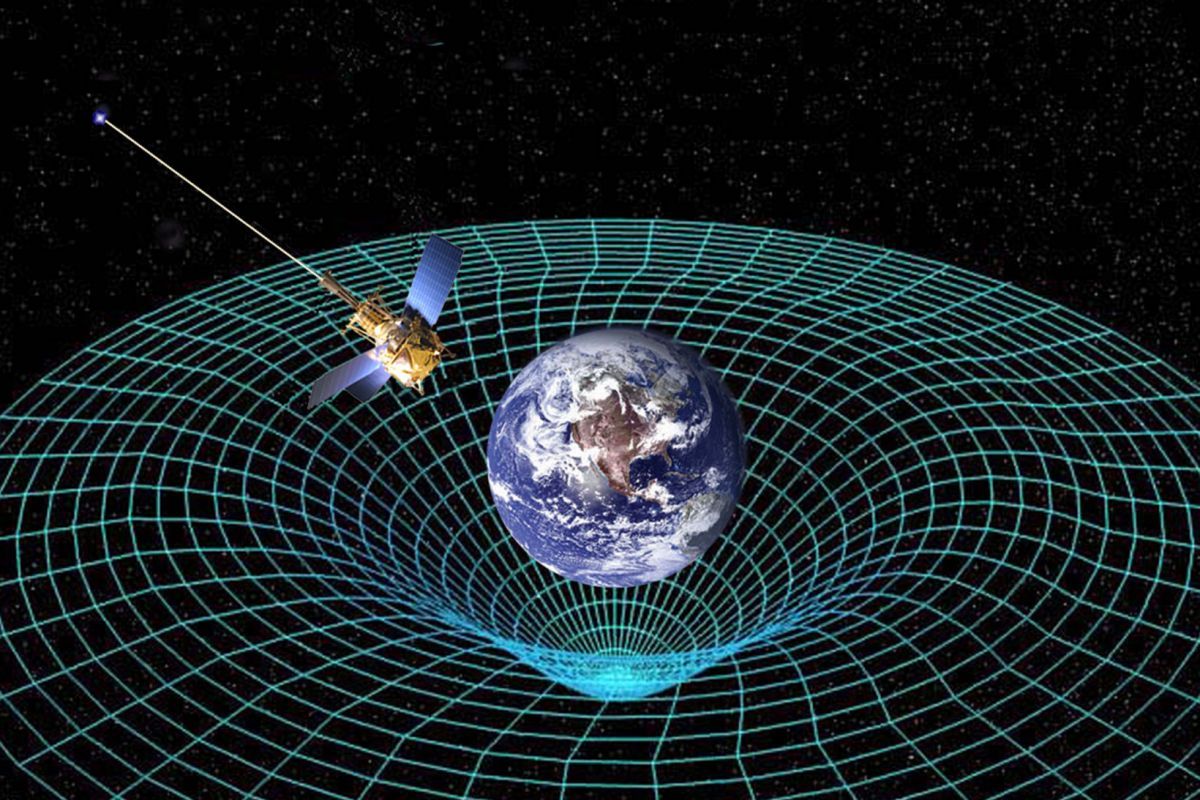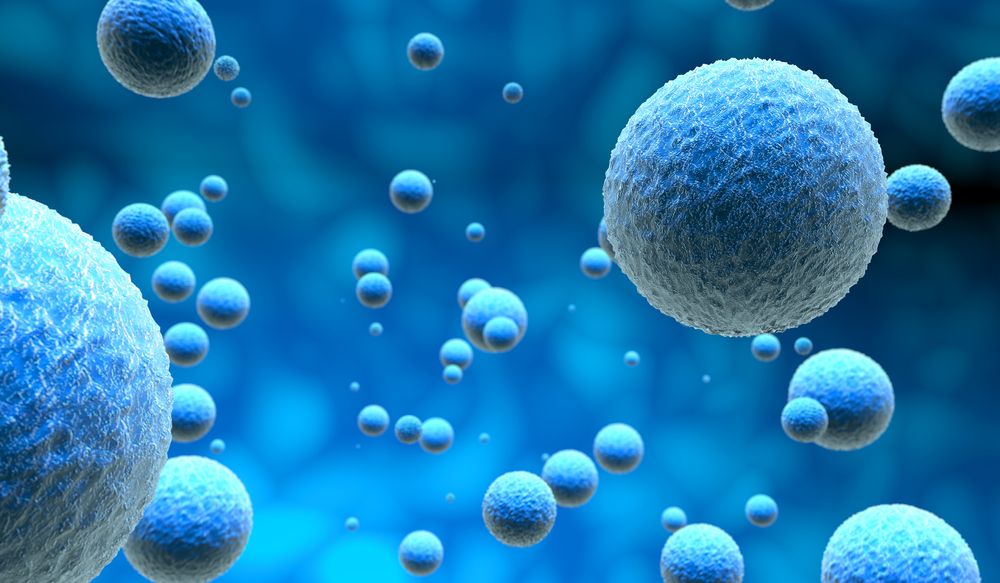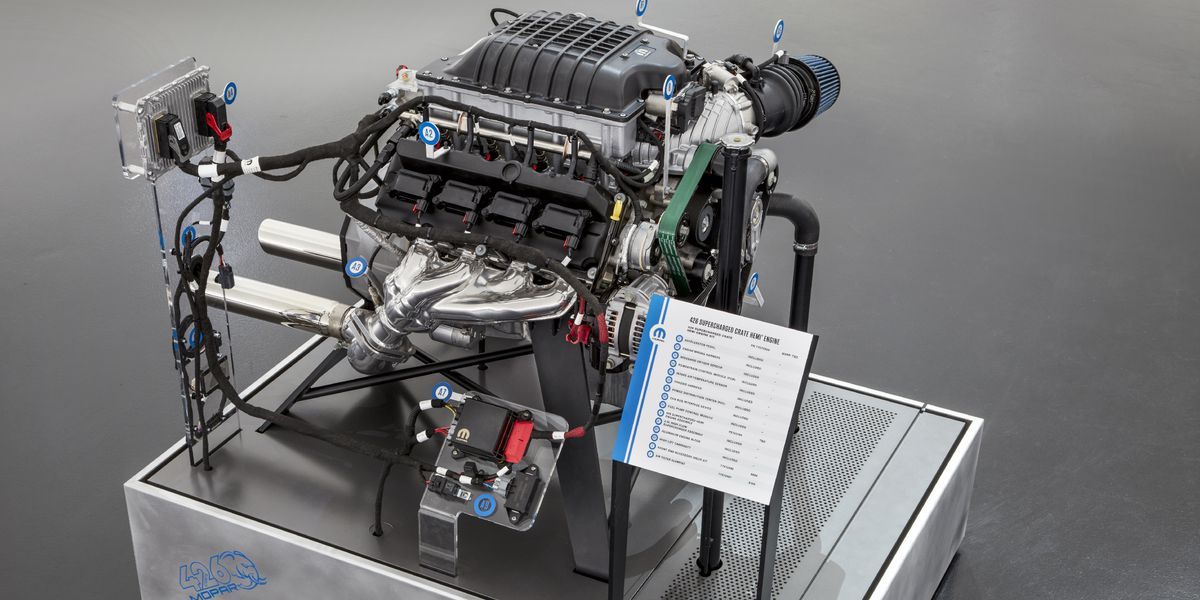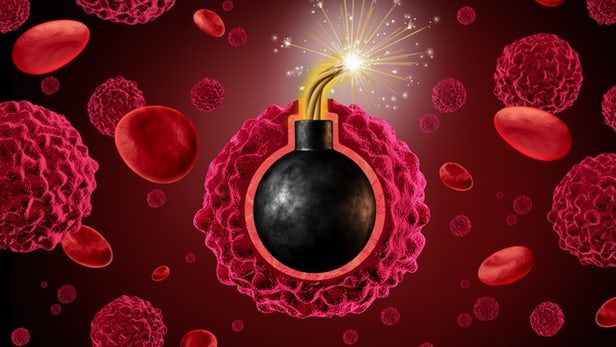Three people regained leg movements after using a new type of treatment, the latest in a suite of results involving electrical stimulation.




The constant figures in other situations, making physicists wonder why. Why does nature insist on this number? It has appeared in various calculations in physics since the 1880s, spurring numerous attempts to come up with a Grand Unified Theory that would incorporate the constant since. So far no single explanation took hold. Recent research also introduced the possibility that the constant has actually increased over the last six billion years, even though slightly. If you’d like to know the math behind fine structure constant more specifically, the way you arrive at alpha is by putting the 3 constants h, c, and e together in the equation — As the units c, e, and h cancel each other out, the.




Neutralising reactive nitrogen species to make immunotherapy more effective.
Researchers at the University of Notre Dame discovered that amino acid nitration can inhibit the activation of T cells employed in immunotherapy against cancer and that suppression of reactive nitrogen species (RNS) responsible for nitration can significantly boost the effectiveness of immunotherapy [1].
Abstract
Potent immunosuppressive mechanisms within the tumor microenvironment contribute to the resistance of aggressive human cancers to immune checkpoint blockade (ICB) therapy. One of the main mechanisms for myeloid-derived suppressor cells (MDSCs) to induce T cell tolerance is through secretion of reactive nitrogen species (RNS), which nitrates tyrosine residues in proteins involved in T cell function. However, so far very few nitrated proteins have been identified. Here, using a transgenic mouse model of prostate cancer and a syngeneic cell line model of lung cancer, we applied a nitroproteomic approach based on chemical derivation of 3-nitrotyrosine and identified that lymphocyte-specific protein tyrosine kinase (LCK), an initiating tyrosine kinase in the T cell receptor signaling cascade, is nitrated at Tyr394 by MDSCs. LCK nitration inhibits T cell activation, leading to reduced interleukin 2 (IL2) production and proliferation.



Research has discovered that inside every cell in the human body is a kill code designed to trigger self-destruction if it senses a cell is turning cancerous. Across two studies the scientists homed in on the code underlying this mechanism and believe it may lead to a new kind of cancer treatment.